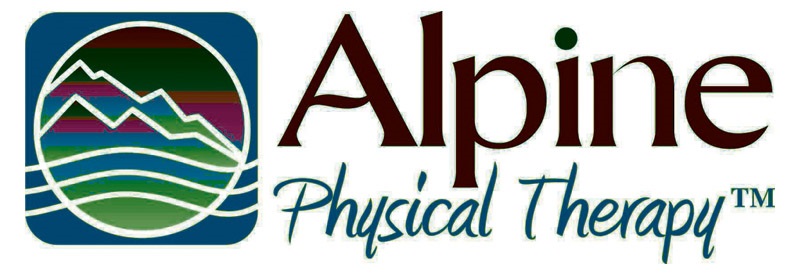
By Angela Listug-Vap, DPT, FAAOMPT
Alpine Physical Therapy
https://www.alpineptmissoula.com/
I recently taught an inner core class to a group of Physical Therapists. There were so many great questions and one in particular brought up a lot of ideas in my own head about our beliefs surrounding ‘core strength’.
Here’s the scenario:
a marathon runner experiences back pain with onset around mile 25, believes their core is weak and wants core strength. The PT was worried because this person isn’t going to be satisfied by working on breath and coordinated muscle activation of the inner core muscles – which feels more like brain work than physical strengthening until advancing into higher level challenges.
This scenario brings up so many great opportunities for discussion. Let’s attack is question by question.
#1: What is optimal core strength? I believe it’s when you use everything you need and nothing you don’t to meet the demand of the task.
#2: Is their core really weak? Clearly they have enough strength and endurance to run 24 miles without back pain and do all the other things in life that require movement and physical demands without back pain.
#3: If it’s not core weakness what could be the problem? If you could see all the thoughts floating in your Physical Therapists’ head it would look something like this: what changes in this person’s running pattern shortly before mile 25? When do they reach fatigue and start changing their running form? Do they need to fuel their body sometime prior to mile 25 (water, electrolytes, calories)? Are they using bracing strategies for spinal stability (i.e. over active trunk muscles) that will eventually fatigue on them (maybe at mile 25)? Do they need to learn to use only what they need in terms of muscle expenditure so they can optimize energy efficiency?
Obviously we can never know the answers to these questions without the patient in front of us to test out all of our theories. But consider that your core is not necessarily weak. That optimal support of our back does not mean more muscle support at all times but only using what you need for any given task. The inner core delicately balances all of its roles including breath, spinal stability and continence. If one of these is out of balance the other areas are probably not ideal as well. Your PT can help you optimize core stability but you might be surprised at what you learn.
 missoulamarathon.org >>
missoulamarathon.org >>